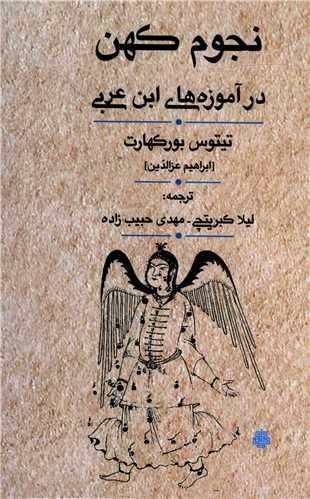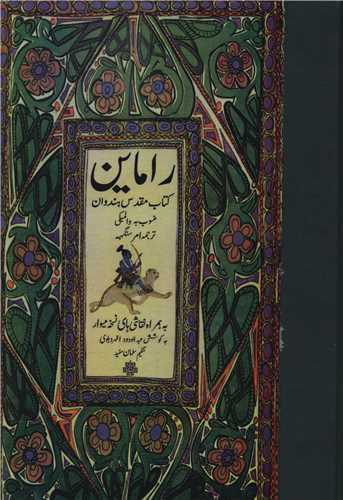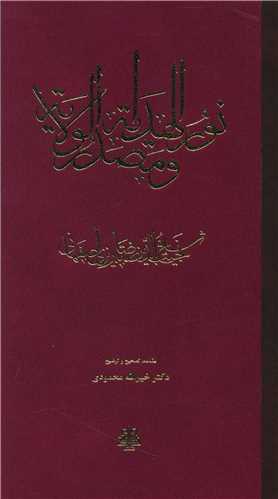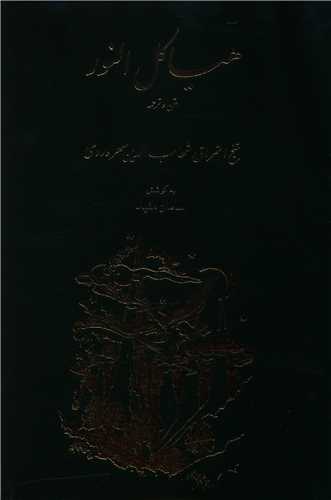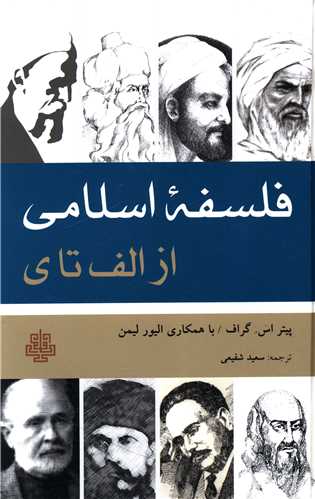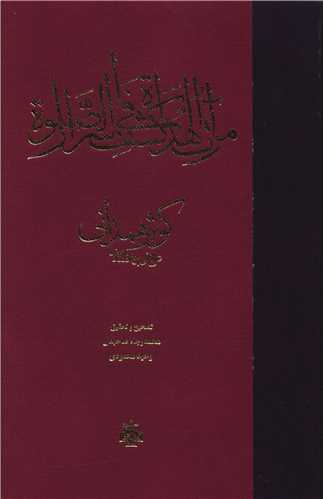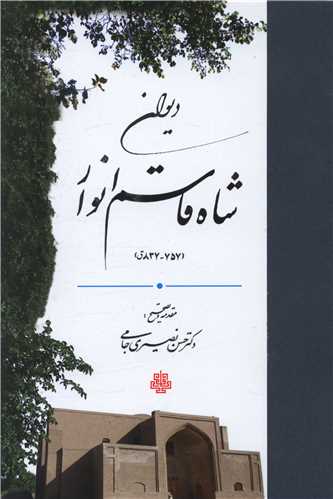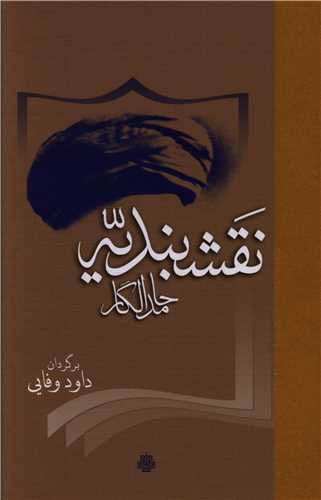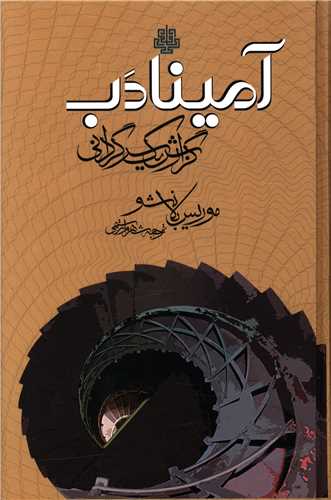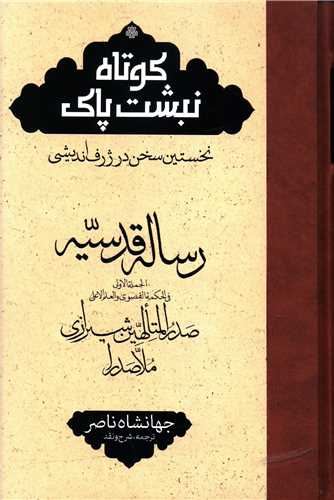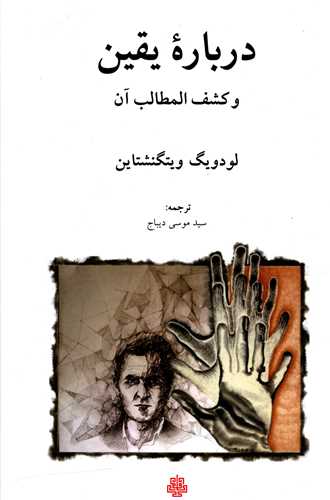نجوم کهن در آموزه های ابن عربی الفارسية 1393
Nujūm-i Kuhan dar Āmūzah'hā-yi Ibn 'Arabī
11٫60 £
مشاركة
Wishlist
العنوان الأصلي:
Clé spirituelle de l’Astrologie Musulmane d'après Mohyiddin Ibn Arabi
ISBN رقم:
9786003390041
المترجم:
Laylā Kibrītchī
الناشر:
Mawla
الفئة العمرية:
البالغون
الصفحات:
78
الوزن:
290 g
أبعاد المنتج:
14 x 21 x 1 cm
غلاف الكتاب:
غلاف کرتونی
The written work of the "greatest Master" (ash-shaikh al-Akbar) Sufi, Mohyiddîn ibn Arabi, contains certain considerations on astrology that allow us to glimpse how this science, which has reached the modern West only in a fragmentary form and reduced to a few of its most contingent applications, could be linked to metaphysical principles, therefore, about a knowledge that is sufficient in itself. Astrology, as it was widespread in the Middle Ages in Christian and Islamic civilizations and as it still exists in certain Arab countries, owes its form to Alexandrian hermeticism; it is therefore neither Islamic nor Christian in its essence, and it could not find a place in the religious perspective of monotheistic traditions, given that this perspective insists on the responsibility of the individual before his Creator and that it, therefore, avoids anything that could veil this relationship by the consideration of intermediate causes. If astrology was nevertheless able to be integrated into Christian and Muslim esotericism, it is because it perpetuated, conveyed by hermeticism, certain aspects of a very primordial symbolism, the contemplative penetration of the cosmic atmosphere... Ibn Arabî not only grasps the true essence of Islamic astrology, by resorting to the Arab and Iranian astrological tradition, and Sufi doctrines, but he uses the "key" specific to this science to explain astrology in itself as it was understood until the Renaissance, by opening perspectives that transcend this particular form and specify its position and value within the framework of universal esotericism. Frequent references to other astrological, cosmological, and metaphysical traditions (Hindu, Chinese, Tibetan, and Red Indian) are not lacking. The volume is accompanied by 2 figures and a double plate outside the text showing the zodiac signs and their multiple correspondences (Arabic letters, Islamic divine names, etc.).
more
رد پای حضور نجوم کهن را در اغلب تمدن های باستانی می توان دنبال کرد. این دانش یکی از هنرهای آزاد هفت گانه به شمار می رود. همان طور که می دانیم هنرهای هفت گانه در دنیای باستان عبارتند از: صرف و نحو، جدل، بلاغت، ریاضیات، موسیقی، هندسه و نجوم کهن. در نگاه سنتی، سه مقوله نخست، به ترتیب با مضامین زبان، منطق و و جه زیبایی شناسانه ی کلام مرتبط اند و به سه گانه معروف هستند...
more

